The Tremors 3: Back to Perfection episode of WTF Happened to This Horror Movie? was Written by Cody Hamman, Narrated by Adam Walton, Edited by Jaime Vasquez, Produced by Andrew Hatfield and John Fallon, and Executive Produced by Berge Garabedian.
Subterranean creatures become two-legged, gliding Ass Blasters in the second sequel to Tremors. Kevin Bacon isn’t there to fight them. Neither is Fred Ward. But Michael Gross is still around and ready to save the day… in a movie that didn’t have quite enough money or time to bring its monster action to the screen. Today we’re talking about Tremors 3: Back to Perfection (watch it HERE). And we’re going to find out What the F*ck Happened to This Horror Movie!
Directed by Ron Underwood from a script he crafted with Brent Maddock and S.S. Wilson, the 1990 film Tremors is one of the greatest creature features ever made. It took viewers to the tiny desert town of Perfection, Nevada. And introduced us to some endearing, perfectly cast characters. There was Michael Gross as heavily-armed survivalist Burt Gummer. Country singer Reba McEntire as Burt’s wife Heather. Bobby Jacoby as annoying teenager Melvin Plug. Charlotte Stewart as artist Nancy and Ariana Richards as her daughter Mindy. Tony Genaro as rancher Miguel. Victor Wong as store owner Walter Chang. Finn Carter as geology grad student Rhonda LeBeck. And some others who end up a hot lunch for monsters. Kevin Bacon and Fred Ward played handymen Val McKee and Earl Bassett. Who decide to get out of Perfection just one day too late – because now they’re trapped in the valley by a bunch of subterranean creatures. Things called Graboids, which move quickly through the dirt and hunt prey on the surface by sound. Rising from the ground, they unravel tentacle tongues that grab their victims and pull them in. Thus the name Graboids. With the help of their neighbors, Val and Earl were able to defeat the monsters.
Tremors wasn’t a box office success. But it was enough of a hit on home video that Universal greenlit a sequel. Underwood was busy directing other projects, but Universal did bring Maddock, Wilson, and their company Stampede Entertainment back for the follow-up. They were told Tremors 2 would get a theatrical release if Kevin Bacon and Reba McEntire were in the cast. So Maddock and Wilson initially wrote a story that would have Val, Earl, Burt, and Heather hunting Graboids in Australia. And to keep things fresh, they threw in a twist: the reveal that if Graboids are around long enough, they will metamorphose. Splitting open, with two-legged, heat-seeking creatures emerging from their bodies. These things are called Shriekers, due to the sound they make when they spot something they want to eat. Unfortunately, a Tremors sequel wasn’t on Bacon’s agenda, and McEntire was too busy with her music career. So plans changed. Tremors 2 became a direct-to-video project with a lower budget. Val and Heather were written out. And the setting moved from Australia to Mexico. But it was still about Earl and Burt going to a different country to hunt Graboids and being surprised by the existence of Shriekers. In place of Val, Earl got a new sidekick: cab driver Grady Hoover, played by Christopher Gartin.
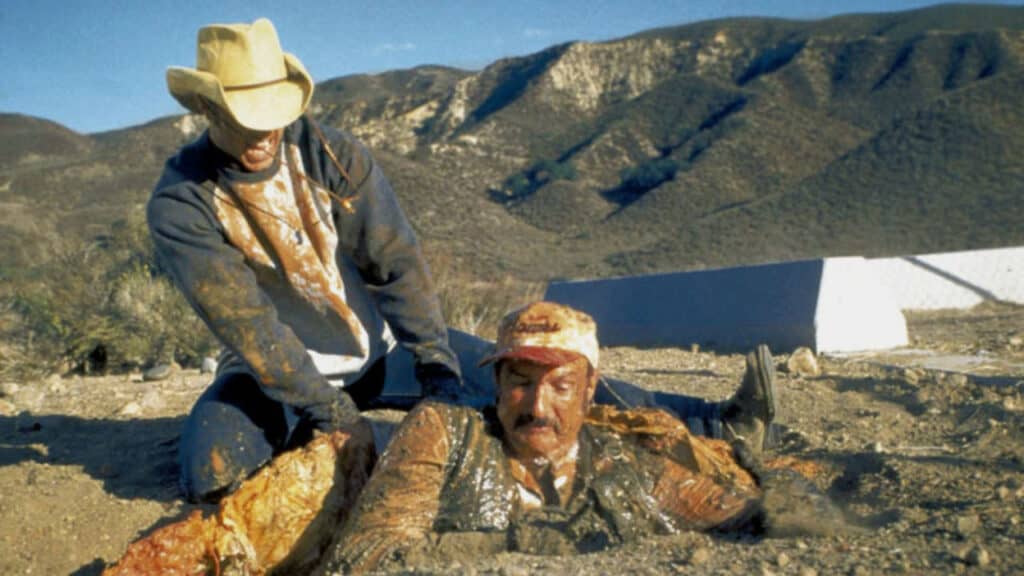
Once again, a Tremors movie had great success on home video. And well deserved, since Tremors 2 is one of the best direct-to-video sequels ever made. After going over the numbers, Universal decided to order another sequel from Stampede Entertainment. But they weren’t going to make it a smooth ride for them. The first Tremors had a budget of at least eleven million and an initial shooting schedule of fifty-four days. The budget dropped to three million for part 2, which was filmed in twenty-seven days. Stampede had done so well with those limitations, Universal cut back a little more on Tremors 3. Now they were going to see what they could do with a budget of two million. And a shooting schedule of twenty-two days. This one was going to be a challenge – but writers Maddock and Wilson and producer Nancy Roberts didn’t let that stifle their creativity. Universal told them this was going to be the last Tremors movie. Wrap it up as a trilogy. So they came up with a story that would take viewers back to the setting of the first movie. Perfection, Nevada. And would reveal the final stage in the Graboid life cycle. Tremors 3 was going to deliver three variations of the monster on a budget less than one-fifth of what the first movie had.
Universal announced Tremors 3 in August of 2000. Filming would begin in October, and they were aiming for an October 2001 release. The project was moving fast. So fast that Maddock and Wilson decided to bring in someone else to write the screenplay. Based on their outline. Their choice was John Whelpley, who had been writing for television since the 1970s. And happened to be a client of Roberts’ at her talent agency. Roberts supervised as Whelpley wrote the script, making sure he captured the right tone. It needed humor and irreverence. These movies were never meant to be too dark. They’re sort of creature features that the whole family could enjoy. But Whelpley was also very busy himself, because he was a writer and story editor on the show Earth: Final Conflict. That series took up so much of his time and energy, he nearly missed his deadline for writing the Tremors 3 script. He told Jonathan Melville, author of the Tremors franchise guide Seeking Perfection, that he had to spend the last five days writing fast and going without sleep. Thankfully, the script turned out well enough. And then Maddock and Wilson did their own revisions, with rewrites continuing throughout production.
Since Wilson had directed part 2, it was decided that Maddock would direct part 3. And he hired the same cinematographer that had worked on the previous two films: Virgil Harper. Ensuring this one would still have that Tremors look. Since the budget was so low, they couldn’t afford to recreate Perfection where it had been built the first time. In Lone Pine, California, two hundred miles away from Los Angeles. This time the town was going to be built in the Los Angeles area. In fact, some scenes were shot right by Six Flags Magic Mountain. The supposedly isolated town of Perfection was built so close to a freeway, it caused sound problems that had to be fixed in post-production. Cast and crew had to stay in Lone Pine during the filming of the first movie. This time they could go back to their own homes at the end of every shooting day. And drive themselves to work the next day.
Several of the actors had already been cast in their roles eleven years earlier. Most of the people who survived the events of the first film are still living in Perfection. Charlotte Stewart is back as Nancy. Ariana Richards was going to college at the time, but her teachers let her take the work home with her so she could play Mindy again. Bobby Jacoby, now credited as Robert Jayne, reprises the role of Melvin. And the annoying teen has become an annoying man. Now he’s into real estate, wanting to demolish Perfection and replace it with a bunch of ranchettes. Tony Genaro returned as Miguel. Notably absent are Valentine McKee and Earl Bassett. Kevin Bacon had turned down Tremors 2, so it was correctly assumed that he wouldn’t be interested in Tremors 3. But since Earl isn’t in this movie, there is a misconception that Fred Ward also turned down an offer to return. The fact is, there never was an offer. Earl was never going to be in the script. Maddock and Wilson wanted to stay true to the character. He had always wanted to leave Perfection. He made a lot of money in Tremors 2, and that was his ticket out. He wouldn’t still be there for this one. From the beginning, the plan was to put make Michael Gross and his character Burt Gummer the lead in part 3. Gross hadn’t been too thrilled with the set-up for part 2, where the characters go to Mexico to protect an oil field from Graboids. Because, as he said, “Who cares about oil people?” He was happy that 3 was going back to Perfection. He said, “To me, the standard was the first film where you had men, women, and children. You had an ersatz community, a family of sorts, whether they were related by blood or not. That was, I felt, the chemistry that always worked best for Burt.”
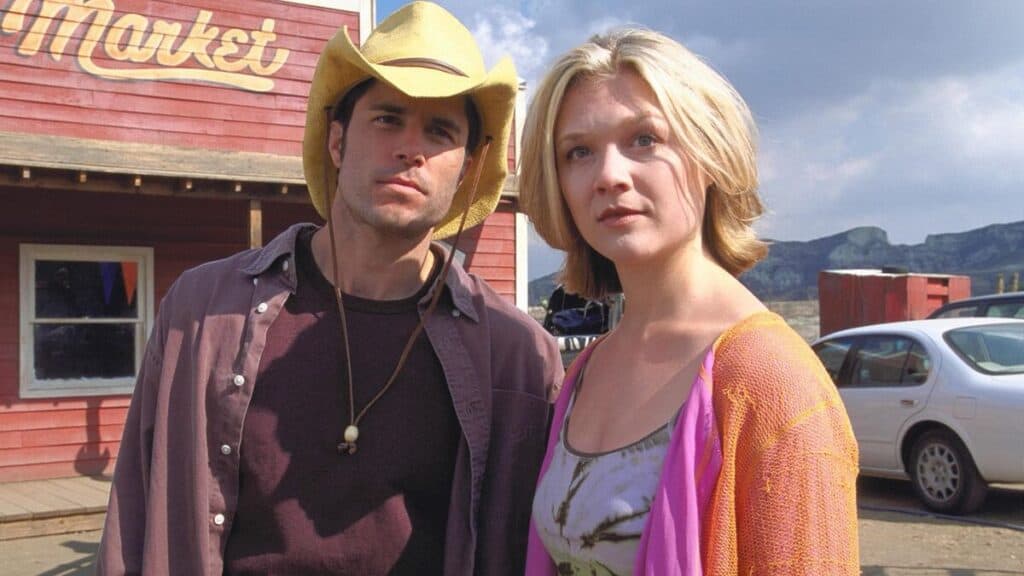
Newcomers to the franchise include Shawn Christian. Who overcame Bride of Chucky’s Nick Stabile and Sleepwalkers’ Brian Krause to win the role of Desert Jack Sawyer. Perfection has become a tourist destination. People want to see the place where the Graboids were. And Jack is cashing in on that by giving people tours around town where he fakes a Graboid attack. With Billy Rieck playing his ill-fated accomplice Buford. Also cashing in on Graboids and Shriekers is Jodi Chang. Who now runs Chang’s Market, inherited from her late uncle, and has filled it with memorabilia. Uncle Walter would be proud. Susan Chuang got the role when the filmmakers saw footage of her cracking up the stars of the show Dharma and Greg during a guest appearance. When Graboids surface again in Perfection – disrupting Jack’s tour with a real attack – three government agents come riding in. They are played by Tom Everett, Barry Livingston, and John Pappas. Pappas had already played a roadworker who gets eaten by the Graboids in the first movie. But that didn’t stop him from being cast in part 3.
The government agents inform the residents of Perfection that Graboids and Shriekers have been classified as an endangered species. And therefore cannot be hunted or killed. They’re hoping to be able to trap a Graboid and transport it to a safe location. If that’s not possible, the Perfection residents might have to give up their homes so these creatures can roam free in the area. Burt is bummed that he can’t just wipe out these Graboids. But in an effort to save his town, he tries to help the government men capture one of them. This doesn’t go well for him. And when a Graboid reaches the Shrieker phase of its life cycle, it doesn’t go well for the agents. Burt, who mows down Shriekers in Argentina in the opening scene, is now ready to take care of Perfection’s Shrieker problem. But there’s still a Graboid around – a sterile albino Graboid that won’t metamorphose. Miguel names it El Blanco. And El Blanco slows Burt down enough that the Shriekers have time to metamorphose as well. Turning into the third and final stage of the life cycle. Creatures that Jodi names Ass Blasters. This is because these two-legged creatures mix flammable chemicals in their rear ends. These fiery chemicals blast them off the ground, so they can glide through the air. Ass Blasters lay eggs that hatch Graboids. Now we know how every step of the life cycle works for these prehistoric creatures.
Tom Woodruff Jr. and Alec Gillis designed the Graboids for Tremors and the Shriekers for Tremors 2. They returned to design the Ass Blasters as well, drawing inspiration from Bombardier Beetles. Which eject a hot chemical spray from their abdomen, accompanied by a popping sound. A way to scare off predators. Woodruff and Gillis wanted to bring the Ass Blasters to the screen primarily through rod puppetry. But there had been some CGI creatures in Tremors 2, and the filmmakers decided to increase the amount of CGI this time. HimAni Productions was brought in to handle the computer effects. The budget allowed for forty shots of CG creatures… but the movie needed more like eighty shots. So visual effects artists Kevin Kutchaver and Linda Drake made extra shots for free on their own time. Because they wanted to be able to show what they were capable of. Tremors 3 would be their calling card. These CG effects don’t all hold up more than twenty years later. Some of them didn’t even look so good in 2001. But Maddock had a lot of monsters to bring to the screen, and this was the most efficient way to get it done.
Whelpley has admitted that one issue he had when writing the script is that he tends to ramble on with his dialogue. But pacing is very important for a creature feature, so he had to try not to be too wordy. Maddock and Wilson whittled down the dialogue in their revisions. Still, the finished film does have pacing problems and a whole lot of talking. There are several moments where the movie seems to be building up to an action sequence… then the characters get interrupted and the energy sputters out. Burt is going to go Graboid hunting, then he’s stopped by the government agents. He and his cohorts are going to kill the Shriekers, but El Blanco stops them. And instead of getting action, we get several more minutes of dialogue. It is necessary for the story that a certain amount of time go by without monsters getting killed. The Graboids have to turn into Shriekers. Which then have to turn into Ass Blasters. This takes time – but the wait could have been a bit more exciting. Things could have been sped up a little. The dialogue could have been cut down some more. At almost one hundred and four minutes, Tremors 3 is around seven minutes longer than the previous films. And would have been better off if it were closer to their running times.
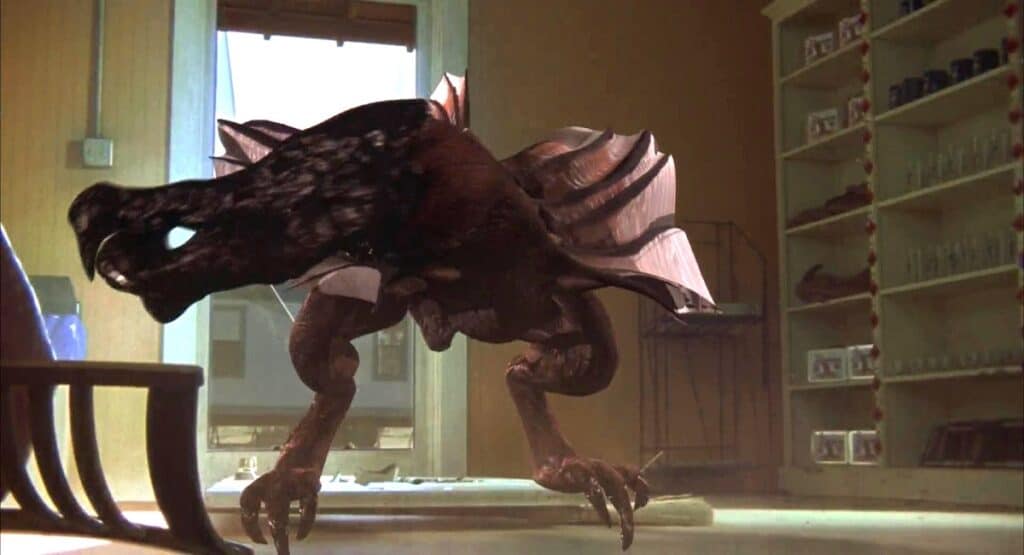
That said, it’s always nice to hang out with Burt and his pals in Perfection. And the movie does have some good action sequences. The Shrieker encounter in Argentina. Burt being swallowed by a Graboid – and surviving. And when the Ass Blasters arrive, it really picks up. Dealing with Ass Blasters is a lot different than dealing with Graboids. Or with Shriekers. And it’s fun to watch Burt figure out how to battle this new type of monster.
In the Seeking Perfection book, Maddock confirms that Tremors 3 was a difficult movie to make. He said, “It’s one of those things when you’re in the middle of it saying, ‘This script is just too elaborate, what were we thinking? Today we’re shooting a scene where the flying creatures land on this thing and this thing blows up and they’re rolling down a mountain… Who wrote this?’ You begin to hate yourself.”
But he’s satisfied with how it all turned out. He told the book’s author, “I think Tremors 3 is the greatest movie about giant underground creatures that turn into flying creatures I’ve ever seen. That was a very challenging movie. We shot it in twenty-two days – which is way, way too fast. But I had a really great crew and there’s a lot of stuff I’m really proud of. Especially doing it under duress with as little time and money as we did.”
Universal saved money by doing as little promotion as possible for Tremors 3. Figuring that something with the title Tremors sells itself. And they were right. When the film reached DVD and VHS in October of 2001, it surpassed all sales predictions. And when it aired on the Sci-Fi Channel, it got the second highest ratings in the network’s history. Only coming in behind Sci-Fi’s own Dune mini-series. Michael Gross was nominated for Best Actor in a DVD and VHS film release at the Video Premiere Awards. His competition included Jean-Claude Van Damme in Replicant. Adam Baldwin in Dr. Jekyll and Mr. Hyde. His future Tremors TV series co-star Christopher Lloyd in When Good Ghouls Go Bad. And his former Tremors co-star Fred Ward in Full Disclosure. Gross and Ward both attended the ceremony… And Gross won the award.
Tremors 3 has its ups and downs. It didn’t come out quite as well as the previous two movies. It was more difficult to make than its predecessors. But it’s an entertaining monster movie, and it was a big success for Universal. Opening the door to more Tremors projects – and giving Michael Gross a lot more chances to fight Graboids, Shriekers, and Ass Blasters.
A couple of the previous episodes of WTF Happened to This Horror Movie? can be seen below. To see more, head over to our JoBlo Horror Originals YouTube channel – and subscribe while you’re there!




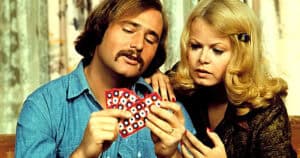
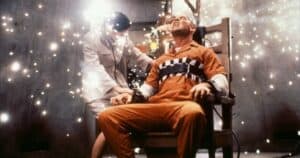
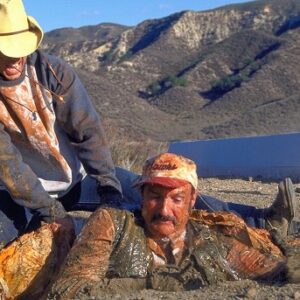


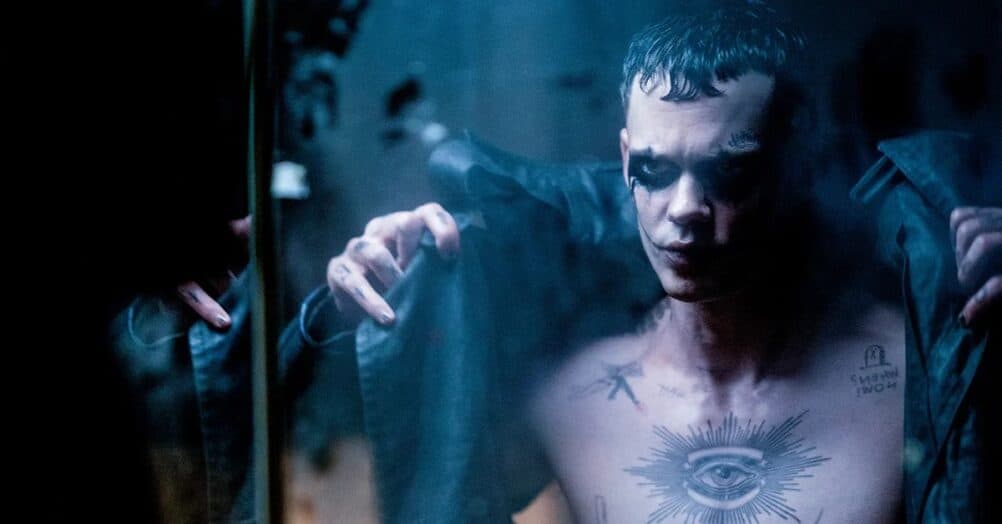
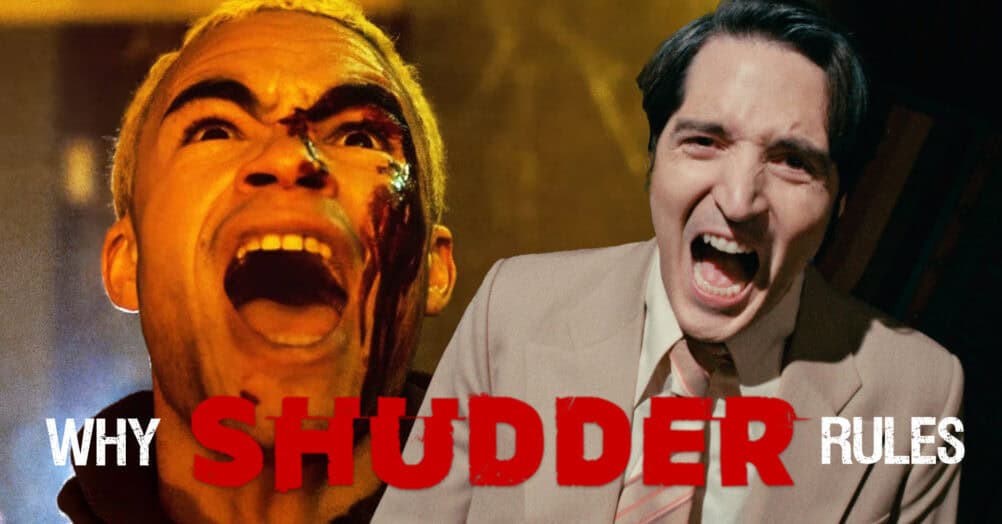

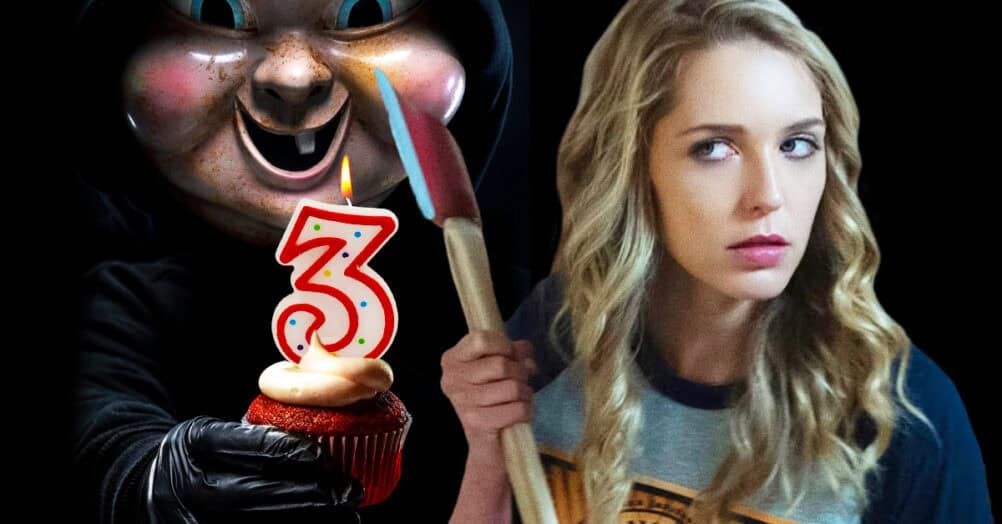
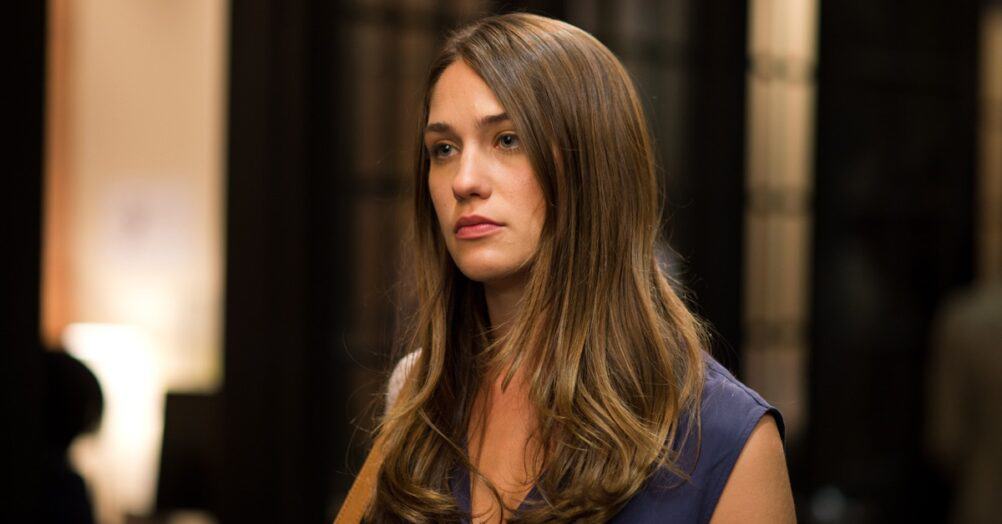
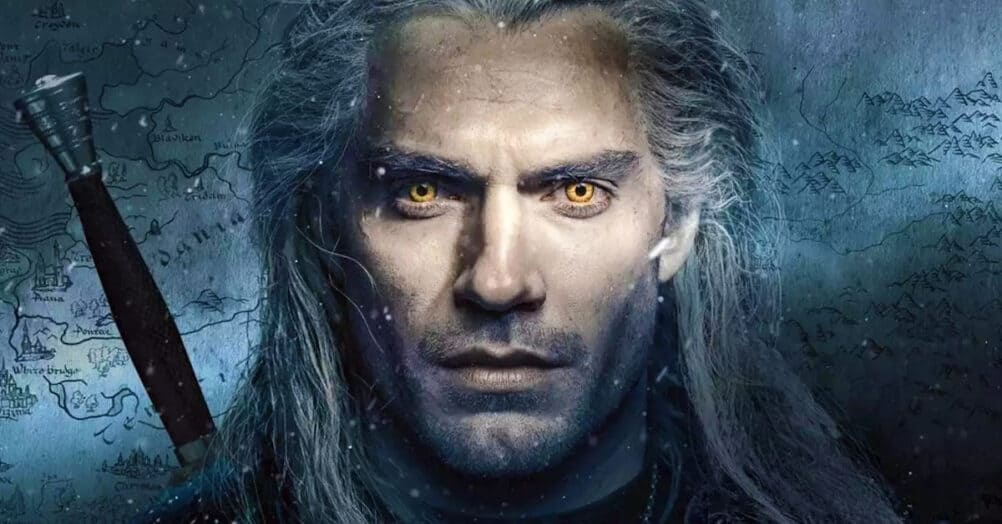
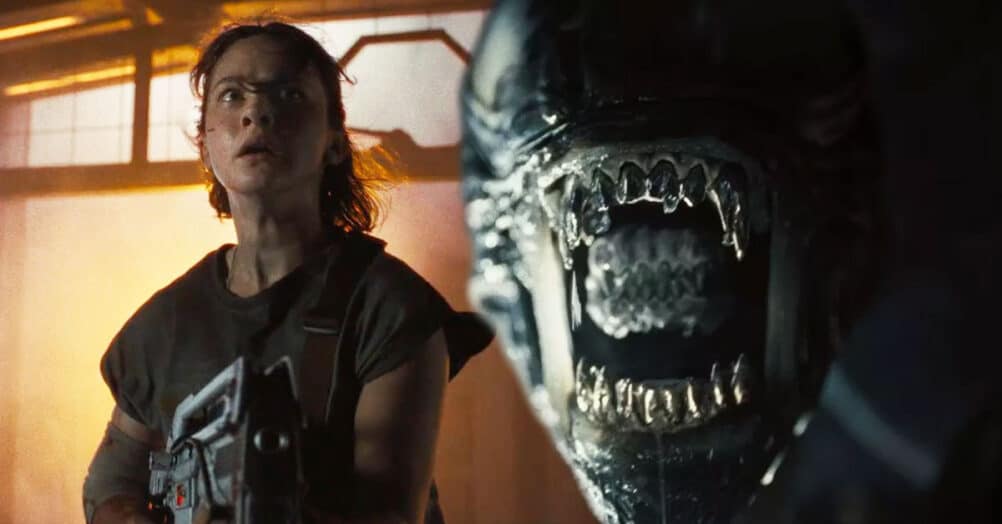

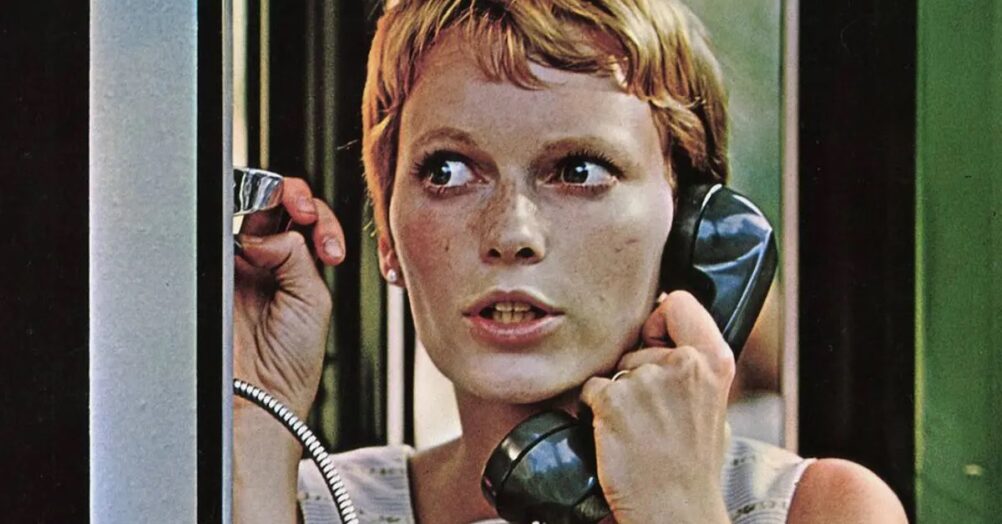
Follow the JOBLO MOVIE NETWORK
Follow us on YOUTUBE
Follow ARROW IN THE HEAD
Follow AITH on YOUTUBE